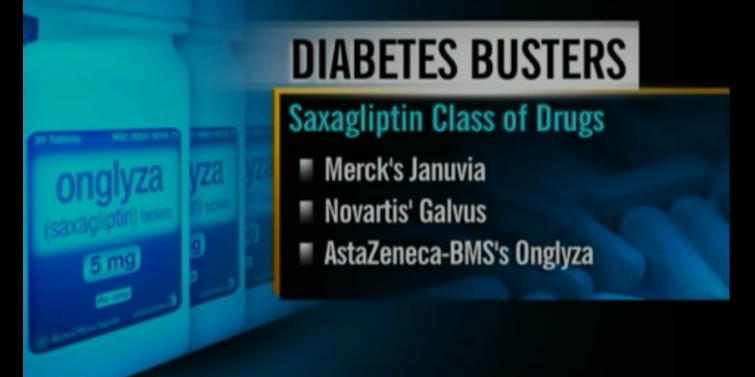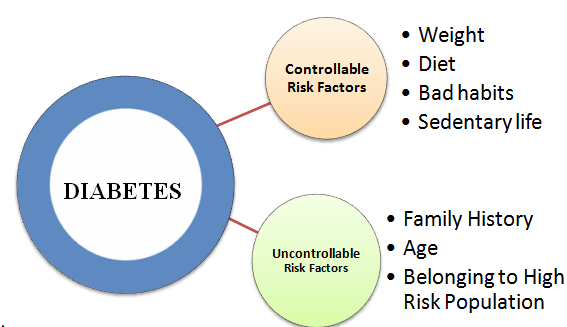Understanding the glycemic index chart
- Home
- Your Diabetic Information Center
- Glycemic index chart – understand the food chart
The glycemic index chart is a chart which contains the measured carbs in your blood sugar levels. So, the carbohydrates which can be broken down faster when digested, may induce a faster release of glucose into your bloodstream. These kind of carbs are called high-GI carbohydrates.
On the other hand, those carbohydrates which can be broken down more gradually, may induse a slower release of glucose into your bloodstream. That's why they are called low-GI carbohydrates. Actually, even though you might not be a diabetic, if you consume low GI foods, you will have much more benefits than you do not.
Apart of slowing down the digestion and/or absorption rates of the foods you eat, a low glycemic index also reveals that the liver and peripheral organs are extracting more the carbohydrates digestion products.
Actually a lower glycemic response induce a lower insulin demand and a better and long-term control of blood sugar levels and lipids. At the same time, the insulin index might give you a hand, since it measures directly how the insulin respond to the food intake.
Now, coming to the glycemic index chart. It is easy to interpret it based on the absolute scales. In the chart below you will see some samples of glycemic index interpretation.

So, if you look at the chart, all the low GI foods make the glucose being released slower and steadilier. The opposite hapens with the high GI foods which can cause blood glucose levels to raise rapidly.
These kind of foods are good each time you need to recover energy after exercising or in case of hypoglycemia (sudden lowering of blood sugar levels).
According to some recent research conducted in animals, high GI carbohydrate is associated with high risk for obesity. Meanwhile in human trials, GI carbohydrates contain the same potential risk as other confounding factors have (such as palatability, compliance and fiber).
There are some factors on which depends the glycemic effect of the foods. One of them is the type of starch included in the food (amylose component versus amylopectin).
Other factors include the active form of the starches molecules inside the foods; proteins and fats components in the foods; organic acids and the related salts in the meal (for example, if you add vinegar, that will lower the GI to the foods you're eating).
Other factor which affect the GI in the foods involve the the soluble dietary fiber. Actually they can slow down the emptiness of the stomach after eating. In this way, the GI of the foods is reduced indirectly.
So, unrefined breads (which are high in fibers) have a reduced GI comparing to the white breads. On the other hand, most of the brown breads, are treated with some enzymes which soften the crust. This results to high accessibility of the starch they contain and raising their GI index.
If you add some specific components to your food, you may manipulate their GI as shown in the glycemic index chart. So, if you add butter or oil to your meal even to a bread, that will lower your GI. But if you look at the GI rank, that doesn't change.
This means that the blood glucose curve is higher aftear eating white bread than brown bread, although the add-ons already made.
The glycemic index chart indicates the carbohydrate content in foods. So, according to the chart, most of the fruits and vegetables do have little amount of carbs per serving. And the average amoung of carbohydrate you may take for them are approximately 50 grams. That's why they are considered the best diabetes foods.
The fruits and vegetables have reduced glycemic index and at the same time reduced glycemic load. Carrots have been reported to have high GI, but recent studies show the contrary together the benefits you get from eating them. Careful with potatoes and watermelon, because their GI is quite higher than other fruits and vegetables.
Based on the glycemic index chart, the Glycemic Index Symbol Program works to help all consumers (including diabetics) to find out the low glycemic index foods and beverages.
Actually, this is a GI certification program when the GI values of foods and beverages are tested according to the standard and also meet the GI Foundation's certification criteria.
So, the foods and beverages are classified as the healthiest choice within their group (as mentioned in the above glycemic index chart) since they have low calories, salt and/or fats. At the end, if you each time have your meal with foods mentioned in the glycemic index chart, most probably 50 % of your calories you are taking from carbohydrates.
In this case the glycemic index can make you realize to have the same number of calories and at the same time your blood sugar levels are under control.
In the following table, you can find the glycemic index for the specific food you are interested:
Diabetes complications Questions or Problems? Get Help Here
This is the place where you can ask a question about any aspect of diabetes complications.
It's free and it's easy to do. Just fill in the form below, then click on "Submit Your Question".







